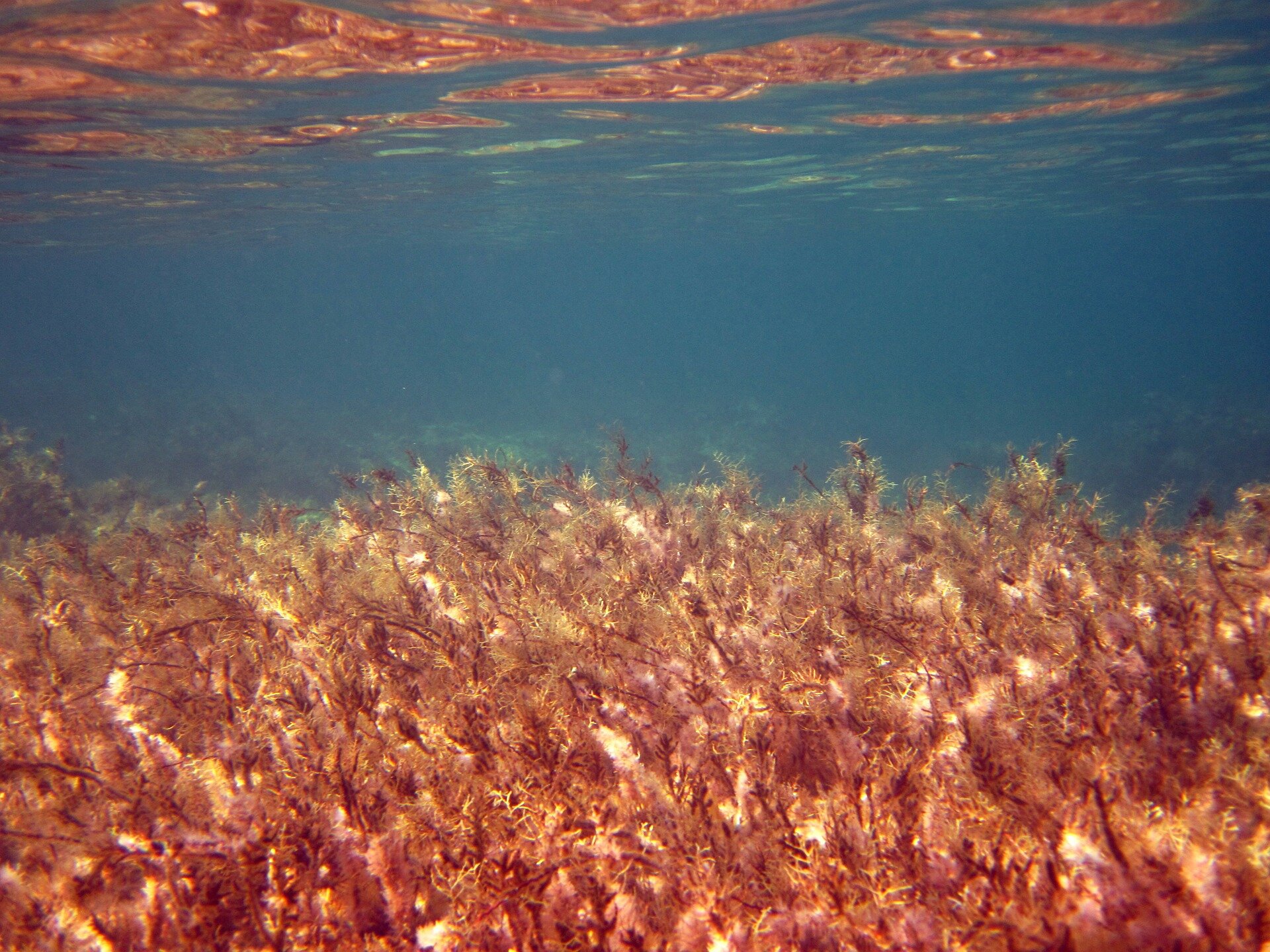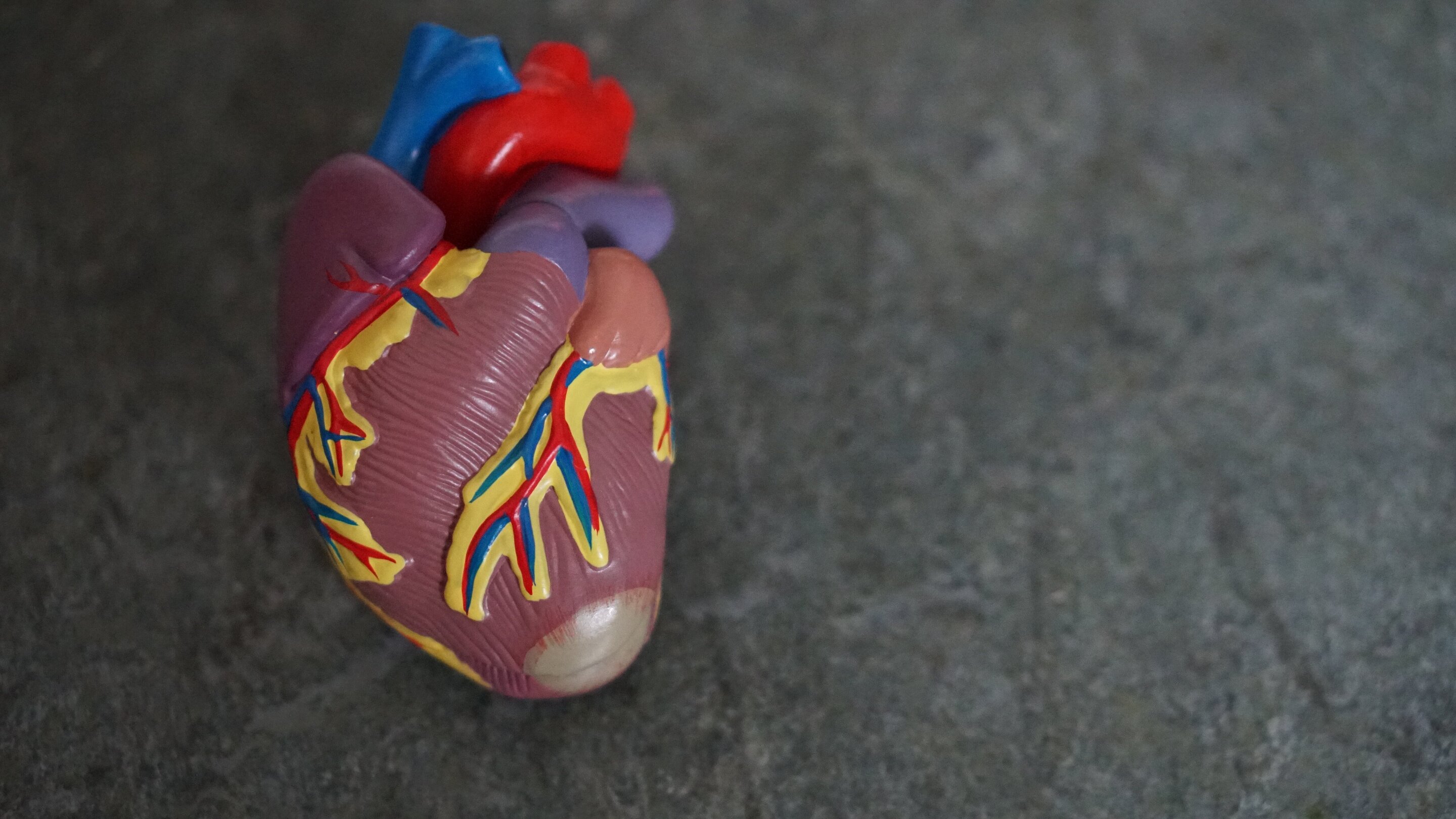#Marine heatwaves becoming more intense, more frequent

“#Marine heatwaves becoming more intense, more frequent”

When thick, the surface layer of the ocean acts as a buffer to extreme marine heating—but a new study from the University of Colorado Boulder shows this “mixed layer” is becoming shallower each year. The thinner it becomes, the easier it is to warm. The new work could explain recent extreme marine heatwaves, and point at a future of more frequent and destructive ocean warming events as global temperatures continue to climb.
“Marine heatwaves will be more intense and happen more often in the future,” said Dillon Amaya, a CIRES Visiting Fellow and lead author on the study out this week in the Bulletin of the American Meteorological Society‘s Explaining Extreme Events. “And we are now understanding the mechanics of why. When the mixed layer is thin, it takes less heat to warm the ocean more.”
The mixed layer—the water in which temperature remains consistent—blankets the top 20-200 meters of the ocean. Its thickness is responsible for heat events: the thicker it is, the more the layer can act as a buffer to shield the waters below from incoming hot air. But as this armor thins, the mixed layer becomes more susceptible to rapid swings in temperature.
“Think of the mixed layer as boiling a pot of water,” said Amaya. “It will take no time at all for an inch of water to come to a boil, but much longer for a pot filled to the brim to heat through.”
Amaya and his team used a combination of ocean observations and models to estimate the depth of the mixed layer back to 1980, and also project out into the future. They determined that over the last 40 years, the layer has thinned by nearly 3 meters (9 feet) in some regions of the North Pacific. And by 2100, the mixed layer will be 4 meters (12 feet) thinner—30 percent less than what it is today. This thin mixed layer combined with warmer global temperatures will set the stage for drastic swings in ocean temperatures, leading to much more frequent and extreme heating events, the researchers say.
And it’s already happening. Take the 2019 heatwave in the Northeast Pacific. Weakened winds and higher air temperatures came together to warm Pacific Ocean waters by about 3 degrees C (5.5 F). A thinning mixed layer most likely contributed to this surge of warm waters, the authors found. And it will get worse.
“If you take the same wind and ocean conditions that occurred in 2019 and you apply them to the estimated mixed layer in 2100, you get a marine heatwave that is 6.5 degrees C (12 F) warmer than what we say in 2019,” said Amaya. “An event like that would absolutely devastate sensitive marine ecosystems along the U.S. west coast.”
Amaya also points out that, as climate continues to warm and the mixed layer continues to thin, scientists might start to lose the ability to predict year-to-year ocean surface temperatures. Without the ability to accurately forecast ocean temperatures, fisheries and other coastal operations could be in danger.
Other studies also suggest marine heatwaves will become more common in the future, but not many have explored the root cause: ocean dynamics and physics. “In order to simulate these events in models and help predict them, we must understand the physics of why that’s happening,” said Amaya.
Weak winds in the Pacific drove record-breaking 2019 summertime marine heat wave
Amaya, D. J et al, Are Long-Term Changes in Mixed Layer Depth Influencing North Pacific Marine Heatwaves? Bulletin of the American Meteorological Society‘s Explaining Extreme Events on January 26, 2021. Page S59. Authors: DOI: 10.1175/BAMS-D-20-0144.1
Citation:
Marine heatwaves becoming more intense, more frequent (2021, January 28)
retrieved 28 January 2021
from https://phys.org/news/2021-01-marine-heatwaves-intense-frequent.html
This document is subject to copyright. Apart from any fair dealing for the purpose of private study or research, no
part may be reproduced without the written permission. The content is provided for information purposes only.
If you liked the article, do not forget to share it with your friends. Follow us on Google News too, click on the star and choose us from your favorites.
For forums sites go to Forum.BuradaBiliyorum.Com
If you want to read more Like this articles, you can visit our Science category.



